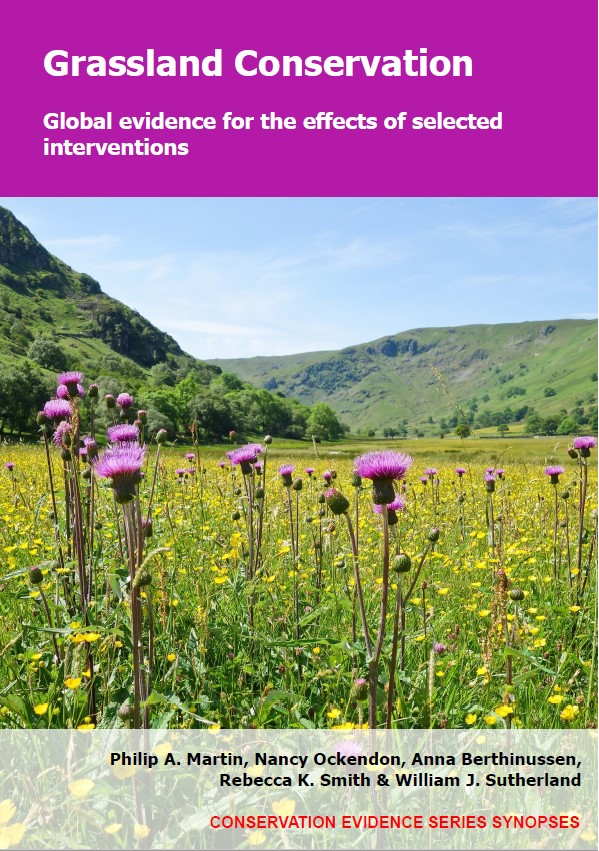Add sulphur to soil before seeding/planting
-
Overall effectiveness category Evidence not assessed
-
Number of studies: 2
View assessment score
Hide assessment score
How is the evidence assessed?
-
Effectiveness
not assessed -
Certainty
not assessed -
Harms
not assessed
Study locations
Supporting evidence from individual studies
A replicated, randomized, paired, controlled study in 1993–1996 in a former arable field in Suffolk, UK (Owen & Marrs 2000) found that adding sulphur to soil before sowing seeds reduced overall vegetation cover and species richness but low amounts of sulphur increased the cover of three of six sown species. After two years, plots where sulphur was added to the soil before sowing had on average lower overall vegetation cover (0–93%) and fewer plant species (0–15 species/plot) than plots where no sulphur was added before sowing (118%; 19 species/plot). Low rates of sulphur addition (1–4 tonnes/ha) increased the cover of three of six sown species (common bent Agrostis capillaris, sheep sorrel Rumex acetosella, buck’s-horn plantain Plantago coronopus), while the three other species (sheep fescue Festuca ovina, velvet grass Holcus lanatus, sheep’s-bit Jasione montana) had the highest cover in untreated plots (see original paper for details).. In August 1993, sulphur was added to six 2.5 x 2.5 m plots within each of three blocks (at rates of 1, 2, 4, 8, 10 and 12 tonnes/ha) and rotovated into the soil to a depth of 5–10 cm. One plot/block had no sulphur added. In October 1994, all plots were sown with a seed mixture of 16 plant species at a rate of 45 kg/ha. In August and September 1995 and1996, species richness and vegetation cover were estimated using a 1 x 1 m quadrat randomly placed in the centre of each plot.
Study and other actions testedA replicated, controlled study in 2008–2013 in a former arable field in Massachusetts, USA (Neill et al. 2015) found that adding sulphur to the soil before sowing native grass and forb seeds did not alter the cover and species richness of native plants or total plant species richness compared to sowing without sulphur. In the first year after sowing, the average cover and richness of native plant species and total plant species richness did not differ significantly between plots with sulphur added (native plants: 23 % cover, 8–10 species/plot; total: 20–21 species/plot) and plots with no sulphur added (native plants: 36% cover, 11 species/plot; total plants: 23 species/plot). The same was true five years after sowing (native plants: 40–64% vs 59% cover, 11 vs 10 species/plot; total plants: 18–21 vs 17 species/plot). In October–November 2008, fifteen 5 x 5 m plots had sulphur (91–273 g/m2) tilled into the soil before native grass and forb seeds of 26 species were sown, while in five other plots seeds were sown but no sulphur was added. All plots were tilled before treatment/seeding to remove non-native plants. Vegetation was surveyed in a 3 x 3 m quadrat placed in the centre of each plot in July and August 2009 and 2013.
Study and other actions tested
Where has this evidence come from?
List of journals searched by synopsis
All the journals searched for all synopses
This Action forms part of the Action Synopsis:
Grassland Conservation
Grassland Conservation - Published 2021
Grassland Synopsis





)_2023.JPG)














